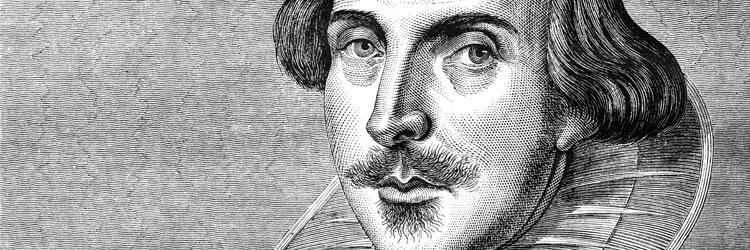Hey. As we all know, candlesticks are composed of 4 price points:
- High price
- Close price
- Open price
- Low price
So in order for a stop loss order to be hit, should a high price/low price point be hit ?
Hey. As we all know, candlesticks are composed of 4 price points:
So in order for a stop loss order to be hit, should a high price/low price point be hit ?
If your stop-loss is anywhere within the candlestick range, between its High and its Low, it will be hit and triggered during the course of the candlestick’s duration.
I’m pretty sure it depends only on the real body size, not the shadows.
Your stop loss being hit has more to do with the spread than the anatomy of a candlestick bar. If the spread is 3 pips then when price gets to within 3 pips of your stop loss it will get hit.
@QuadPip is right (ish) (except - in theory, it’s HALF the spread that the price has to get within- but that is in theory) - it’s nothing to do with the “Actual” (read “Average”) price, except that that has to get within a half spread of the SL, or in case of a TP , has to PASS the TP by “half a spread” (Theory again) . To understand, you need to look at the ‘bid’ and ‘ask’ Prices.
Guys… listen to this man. He knows a thing or two
Yeah @tommor is a bright lad and profitable trader, but he trades big timeframes and big stops. The little refinements that @QuadPip and I put in place are not very relevant to him, but I’m sure he will not disagree with those ‘refinements’, which become Very important when trading small timeframes and tight stops / TPs. 
@QuadPip is right (ish) (except - in theory, it’s HALF the spread that the price has to get within- but that is in theory) - it’s nothing to do with the “Actual” (read “Average”) price, except that that has to get within a half spread of the SL, or in case of a TP , has to PASS the TP by “half a spread” (Theory again) . To understand, you need to look at the ‘bid’ and ‘ask’ Prices.
Technically you are correct since the bid and ask are on either side of the current market price. However, in practice you will find that the spread widens for a fraction of a second and it gobbles up your stop more often than not. For small spreads it is not worth considering the median price when calculating your stop placement and I did not want to burden a newbie with these details. See the following (so I don’t have to explain it in excruciating detail  )
)

Competition of Forex-related articles. Share your views and ideas while competing for funded Live accounts offered every month....
Technically you are correct since the bid and ask are on either side of the current market price. However, in practice you will find that the spread widens for a fraction of a second and it gobbles up your stop more often than not.
Yup that “Grasping hand” is a little bugger ! (and highly prized by the ‘counterparty brokers’ no doubt ![]() )
)
I did say ‘in Theory’ a number of times and I have no axe to grind with someone who trades through ‘Dukascopy’ - in fact it can get worse than that - I used to spreadbet the DOW (futures) and the typical spread was 14 pips. but in active times, that 14 could get ‘ahead of price’ entirely by another 10 or so !
Here’s another distortion which may not be common knowledge, but perhaps should be !
I’ve notice this before on the short timescales, when the new candlw is formed, it often has a long tail, which you never see print. I know at a top or a bottom, you get “pin bar” formations sometimes, but tis is every single bar appearing to be a pin bar although the solid colour never goes down there. I don’t often see long wicks on the other side. Sorry if this is covered in the second half of teh pips school. Can anyone explain in a convincing way please ? [image]
Interesting read, however we are crapping over the OP’s thread and worse, probably confusing him with all of this.
@uness as a beginner I would keep to the major pairs and for your immediate purpose consider the entire spread when calculating your stop position. Consider revisiting the threads posted by Falstaff after about 6 months of trading experience to gain the most out of them.
Your stop loss is dependent on price action HIGH/LOW/OPEN/CLOSE shows price action at different points during a candlestick. So the answer is yes HIGH/LOW will trigger your stop-loss
Yes, the High price/low price will affect your stop loss.
Thank you guys for the invaluable support. I understand this now.